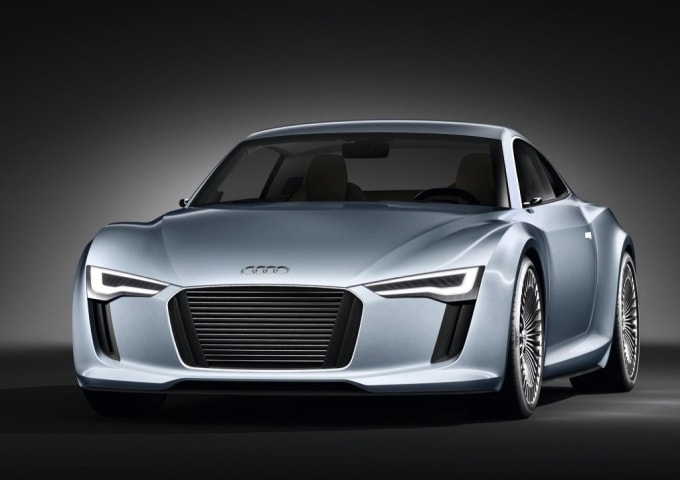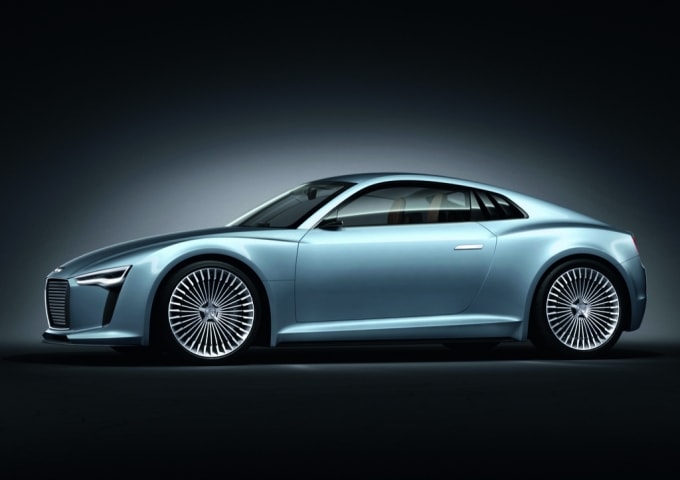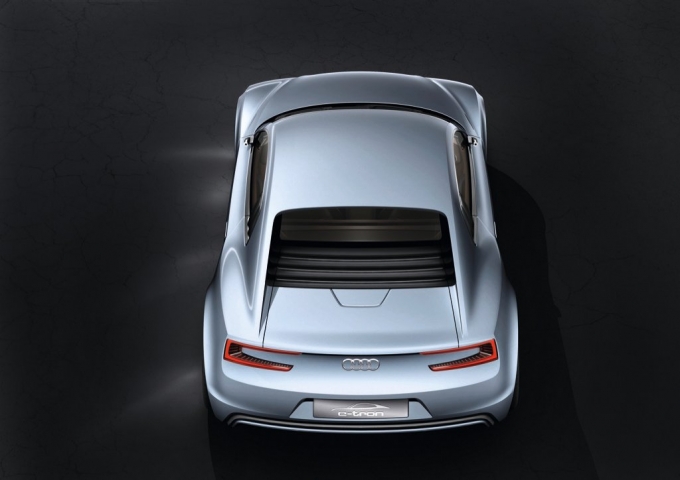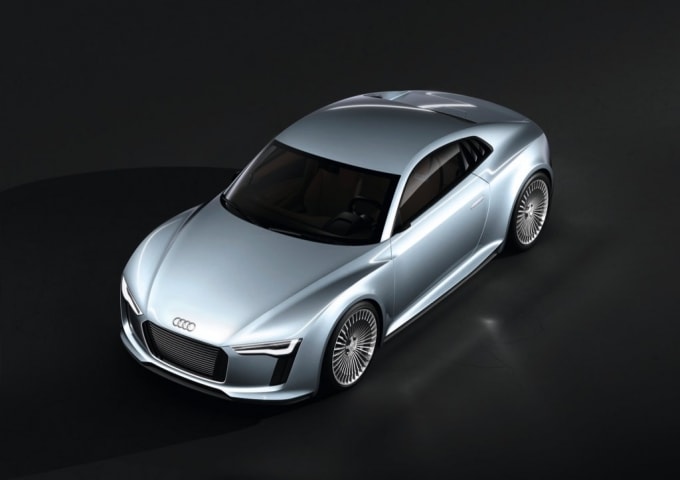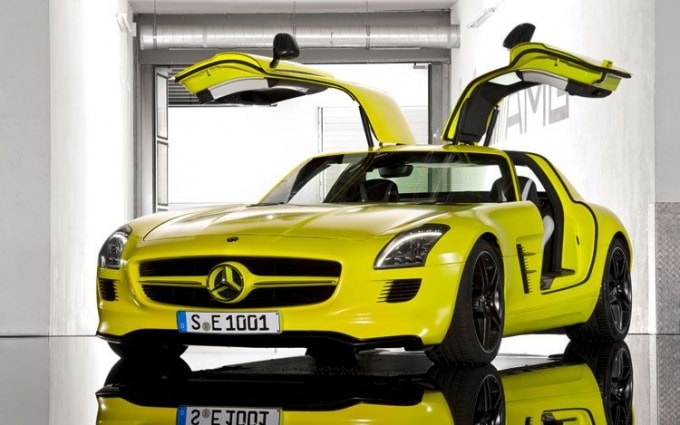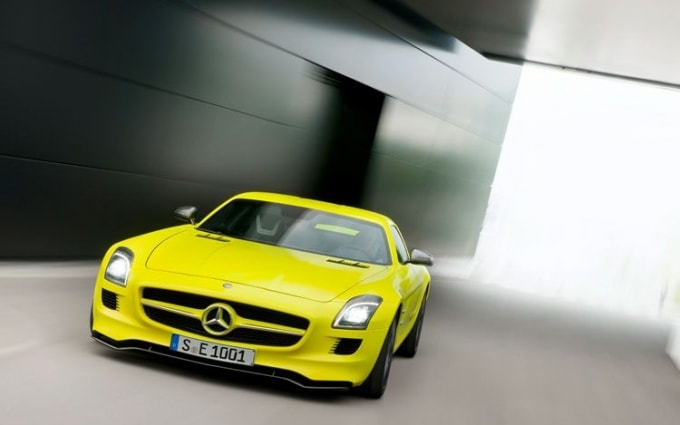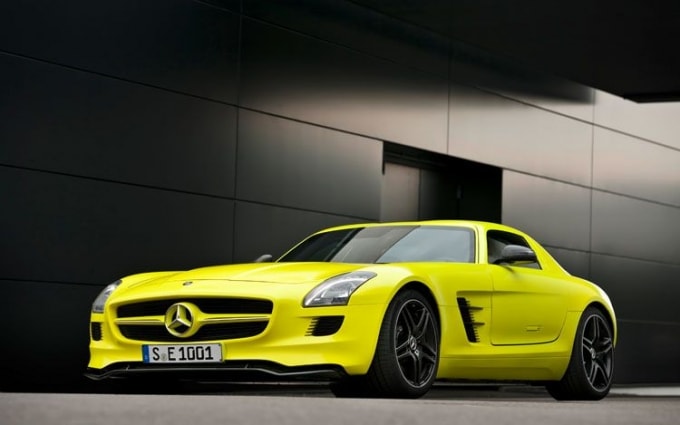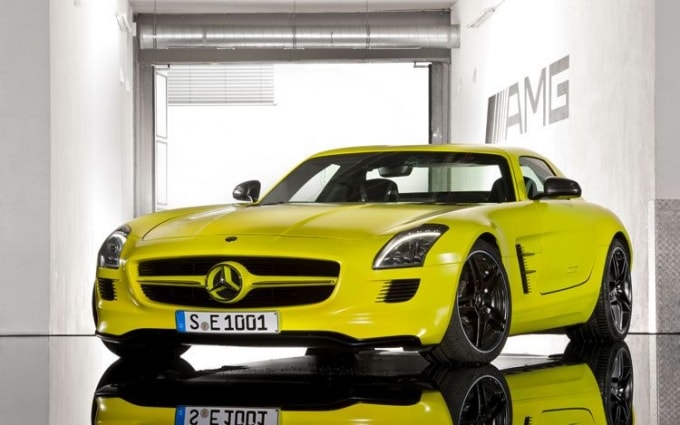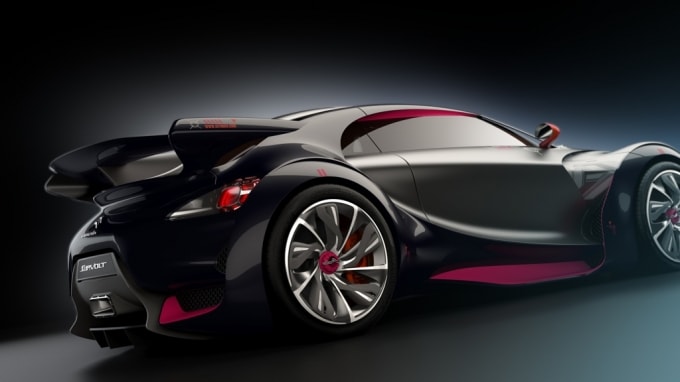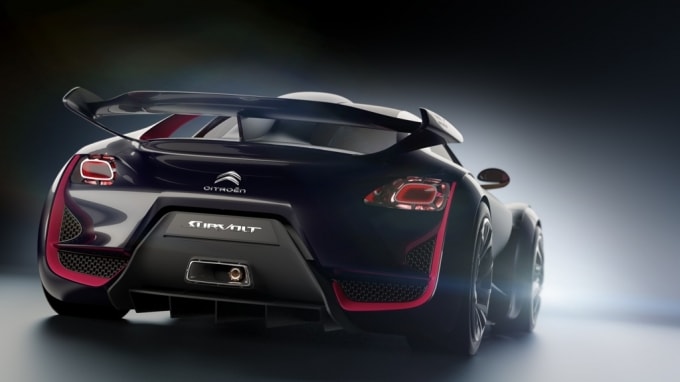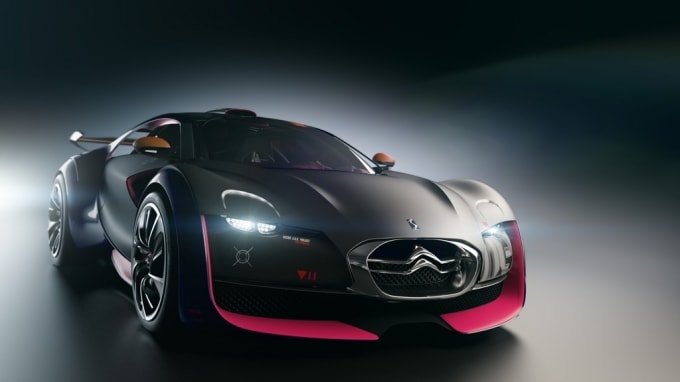As the electric vehicles are slowly taking hold of the automotive world, we can't but imagine how the future will look like. Unless something unexpected and potentially terrible happens, it is likely in the following 20-40 years we will witness a radical change of the automotive world.
Despite increasing efforts to keep the combustion engine alive, it will most surely lose its place as the consumers' favorite in the years to come. Whether it's the excitement which comes with trying something new, or a real need to shift the habits that changed the climate of our planet, electric vehicles will soon become the majority of cars on our roads.
At about the same time the advent of the EVs began to become more and more menacing for the combustion engine, voices arose, announcing the imminent demise of the supercar, that beautiful, gas-guzzling, over-expensive wonder on wheels. No one could have imagined, two years ago for instance, that the electric vehicle will be able to overcome its Nissan Leaf state and become a Lamborghini, for example.
Yet, in the past year alone, we've seen several electric supercar concepts hit auto shows across the world. Critics, at first skeptic, slowly began to embrace the idea of a super manifestation of the electric car, as, for instance, they've all seen the immense instant torque they offer or that electric does not mean ugly.
WHO DOES WHAT
Currently, most carmakers who have anything to say in the supercar segment are researching electric vehicles, be it openly or secretly. Although not as wide spread as the electric models for the masses, super electric cars are becoming more and more of a common sight, even if, in most cases, they are just conversions of the regular models.
The first manufacturers to have embraced the idea of an electric supercar are the German ones. They were quickly followed by the French, while the Italians take a more cautious approach, still waiting in the shadows for the others to make their move.
At the time we are writing this, there are only a handful of electric supercars making the headlines and stealing the paparazzi at auto shows. These cars are, in random order, the Audi e-tron, the Mercedes Benz SLS E-Cell and the Citroen Survolt.
Being virtually the first electric supercar to come alive in the true sense of the word, the e-tron had some standards to set. And, truth be told, it did.
The car is powered by four electric motors, in the purest Audi quattro style, each located on the four wheels of the car. The four engines develop a combined 313 horsepower and a heart stopping torque of 4,500 Nm, available at the first turn of the wheel (the torque is measured Audi style, at the wheel, and not at the output shaft; the real e-tron torque is about 341 Nm).
The e-tron is capable of reaching a top speed of 200 km/h (124.27 mph), but only after accelerating from a quiet standstill to a buzzing 60 mph in 4.8 seconds. The 53 kilowatt hours batteries fitted on the model can sustain the high speed travel for 248 kilometers (154 miles). Once depleted, the batteries take in between 6 and 8 hours to recharge from an usual household plug.
The e-tron has been confirmed for production in 2011, with sales expected to begin the following year. The price for one has not been set yet, but expectations are it will be higher than the current R8 model.
The car, wearing an R8 body, has already proved it on track worth, as it won the Silvretta E-Auto Rally Montafon 2010 this July.
As its name says, Mercedes' electric supercar is implanted in the body of a SLS AMG. The main components are, as is the case with all electric vehicles, the motor. The SLS E-Cell has four, two for each axle, just like the e-tron. They develop a combined 526 hp and a maximum torque of 880 Nm (higher power, more torque than the Audi rival). The E-Cell is a bit faster than the e-tron, reaching the coveted 60 mph in just 4 seconds.
The energy in the SLS E-Cell comes in the shape of a liquid cooled high voltage lithium-ion battery with 48 kWh of power and a capacity of 40 Ah.
The modular design of the battery is meant for optimal weight distribution and offers 48 kWh of power. There are 324 lithium-ion polymer cells in the battery, allowing for a maximum electric load potential of 480 kW. The 400-volt system uses a parallel circuit and is charged by energy recuperation while the car is in the braking phase.
The French supercar comes with a pair of electric motors which are good for 300 hp. The troop is enough to propel the vehicle to a top speed of 260km/h (162mph), but only after accelerating it to 100km/h from a standstill in less than five seconds.
The batteries that give the motors their mojo can store enough juice to keep the vehicle going for 200km (124 miles). They can be recharged during the driver's 10 hours beauty nap.
The above vehicles are, if you like, the cherry on the cake. There are, of course, several other electric supercars being in the works, but none are so close to turning production version than the ones here. Some of you might even argue that the Tesla Roadster must have been included here, but we have to say Elon Musk's shot at stardom doesn't quite fit the profile of a supercar. A sportscar, maybe, but not a supercar.
In the near future, we will see other carmakers jump at the chance of making history in the electric sector as well. Toyota already announced it is working on one. Others will shortly follow, so the above list will grow in size in the year to come.
The first manufacturers to have embraced the idea of an electric supercar are the German ones. They were quickly followed by the French, while the Italians take a more cautious approach, still waiting in the shadows for the others to make their move.
At the time we are writing this, there are only a handful of electric supercars making the headlines and stealing the paparazzi at auto shows. These cars are, in random order, the Audi e-tron, the Mercedes Benz SLS E-Cell and the Citroen Survolt.
AUDI e-tron
The first supercar propelled by electric motors to come alive was Audi's e-tron. The German manufacturer first presented the model at the Frankfurt Auto Show in 2009. Since then, Audi has presented two other versions of the model, one at the North American International Auto Show (NAIAS) in January 2010 and the A1 e-tron version at this year's Geneva Auto Show.Being virtually the first electric supercar to come alive in the true sense of the word, the e-tron had some standards to set. And, truth be told, it did.
The car is powered by four electric motors, in the purest Audi quattro style, each located on the four wheels of the car. The four engines develop a combined 313 horsepower and a heart stopping torque of 4,500 Nm, available at the first turn of the wheel (the torque is measured Audi style, at the wheel, and not at the output shaft; the real e-tron torque is about 341 Nm).
The e-tron is capable of reaching a top speed of 200 km/h (124.27 mph), but only after accelerating from a quiet standstill to a buzzing 60 mph in 4.8 seconds. The 53 kilowatt hours batteries fitted on the model can sustain the high speed travel for 248 kilometers (154 miles). Once depleted, the batteries take in between 6 and 8 hours to recharge from an usual household plug.
The e-tron has been confirmed for production in 2011, with sales expected to begin the following year. The price for one has not been set yet, but expectations are it will be higher than the current R8 model.
The car, wearing an R8 body, has already proved it on track worth, as it won the Silvretta E-Auto Rally Montafon 2010 this July.
MERCEDES BENZ SLS AMG E-CELL
Yet to show its face in public, Mercedes' E-Cell supercar model wears a badge which for years has become synonymous with high performance: AMG. These three simple letters are a guarantee, if someone needed one, that electric and not combustion is the future.As its name says, Mercedes' electric supercar is implanted in the body of a SLS AMG. The main components are, as is the case with all electric vehicles, the motor. The SLS E-Cell has four, two for each axle, just like the e-tron. They develop a combined 526 hp and a maximum torque of 880 Nm (higher power, more torque than the Audi rival). The E-Cell is a bit faster than the e-tron, reaching the coveted 60 mph in just 4 seconds.
The energy in the SLS E-Cell comes in the shape of a liquid cooled high voltage lithium-ion battery with 48 kWh of power and a capacity of 40 Ah.
The modular design of the battery is meant for optimal weight distribution and offers 48 kWh of power. There are 324 lithium-ion polymer cells in the battery, allowing for a maximum electric load potential of 480 kW. The 400-volt system uses a parallel circuit and is charged by energy recuperation while the car is in the braking phase.
CITROEN SURVOLT
The first French attempt to make an electric supercar has taken the shape of the Survolt concept, a vehicle shown for the first time at the 2010 Geneva Auto Show. There's no word yet on a production run for the model, but taking into account the fact that all manufacturers who made an electric supercar concept couldn't resist the temptation to announce the vehicles' production phase, it's likely the French will do so too.The French supercar comes with a pair of electric motors which are good for 300 hp. The troop is enough to propel the vehicle to a top speed of 260km/h (162mph), but only after accelerating it to 100km/h from a standstill in less than five seconds.
The batteries that give the motors their mojo can store enough juice to keep the vehicle going for 200km (124 miles). They can be recharged during the driver's 10 hours beauty nap.
The above vehicles are, if you like, the cherry on the cake. There are, of course, several other electric supercars being in the works, but none are so close to turning production version than the ones here. Some of you might even argue that the Tesla Roadster must have been included here, but we have to say Elon Musk's shot at stardom doesn't quite fit the profile of a supercar. A sportscar, maybe, but not a supercar.
In the near future, we will see other carmakers jump at the chance of making history in the electric sector as well. Toyota already announced it is working on one. Others will shortly follow, so the above list will grow in size in the year to come.
